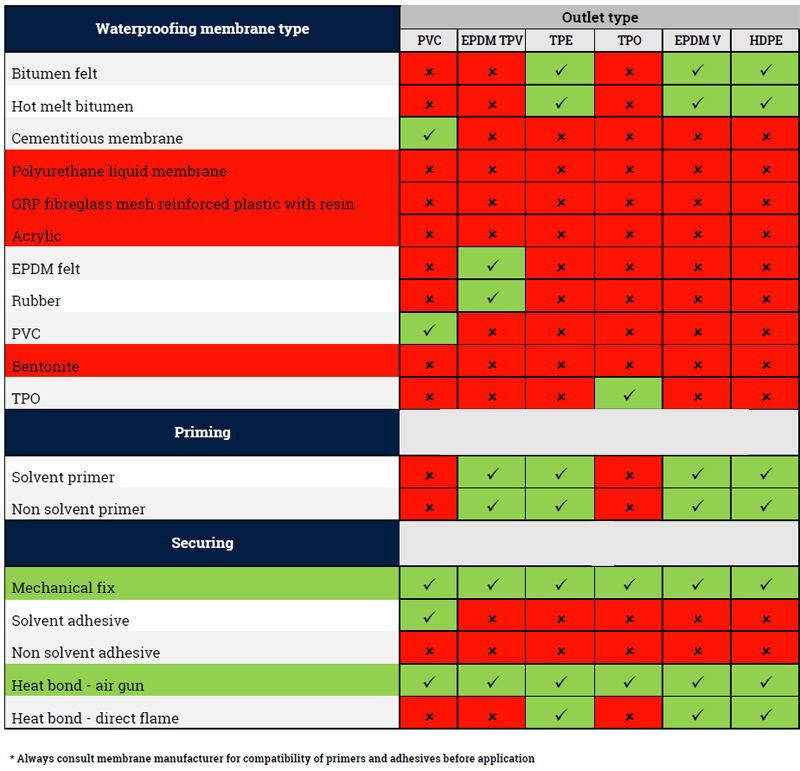We are delighted to offer proven solutions to installation of timber decking on balconies and roof decks with the development of a flat-headed and joist-headed support pads, specifically for timber decking.
With the increasing amount of timber decks being laid, Wallbarn needed to ensure that its fast, simple and durable system of suspended deck finishing applied to timber as well as paving slabs.
Fixing Timber Decking Systems Has Never Been Easier
These support pads are similar to the ASP range, but manufactured with a set of joist peg fittings placed either 40mm or 60mm apart. The adjustable supports are placed 600mm apart and are adjusted to accommodate the fall in the roof deck, and the joist bearers are simply slotted between the joist holders, placed at 40mm or 60mm apart
Plain stackable support pads can only be altered in height by doubling, tripling in size or by adding shims of a few millimetres.
For roofs built to falls where there are changes in levels by a very small or irregular amount, where there is a continuous fall over a large area, or where there are multiple and complicated changes in the fall and levels across the roof – then the ASP range of Adjustable Support Pads are the perfect tools.
Time & Labour Saving Devices
Wallbarn’s ASP adjustable support pads are ideal as the stems pieces can be wound up and down to create level paving, saving a great deal of time and labour.
Plain stackable support pads can only be altered in height by doubling, tripling in size or by adding shims of a few millimetres.
For roofs built to falls where there are changes in levels by a very small or irregular amount, where there is a continuous fall over a large area, or where there are multiple and complicated changes in the fall and levels across the roof – then the ASP range of Adjustable Support Pads are the perfect tools.
To find more information about the versatility of adjustable support pads, please take a moment to check out the video below.



